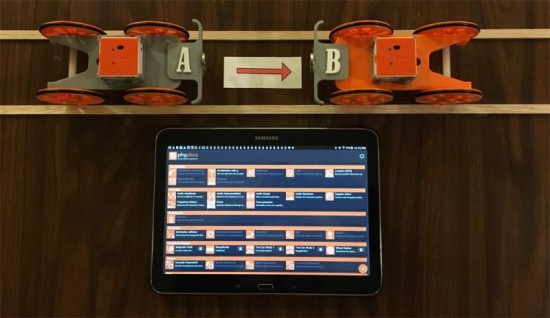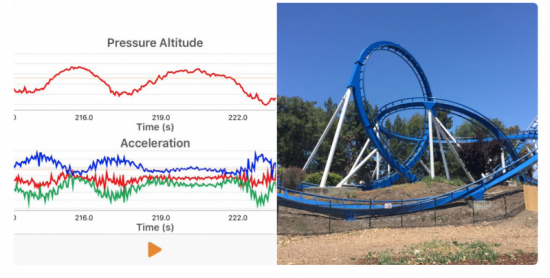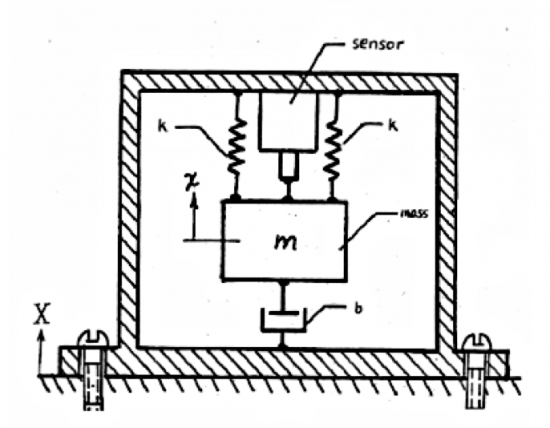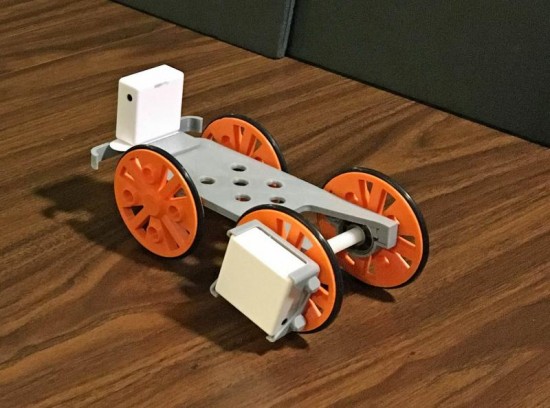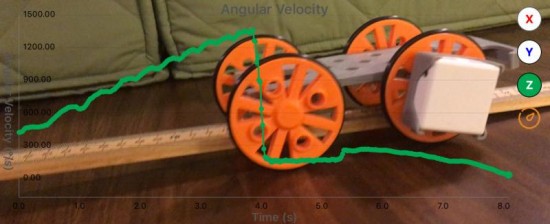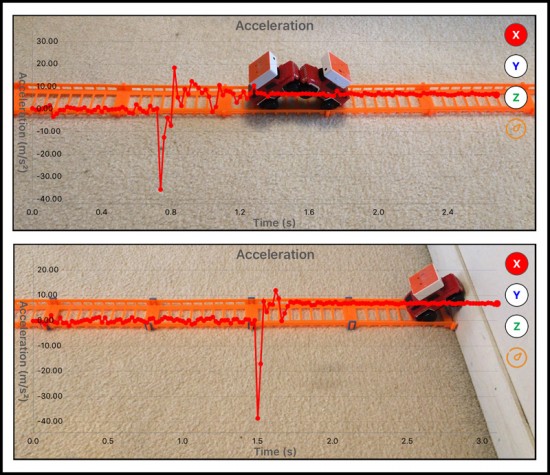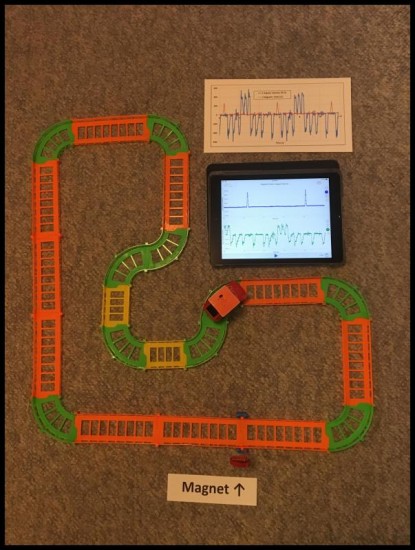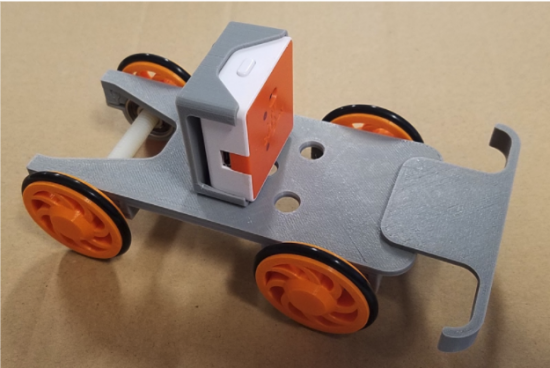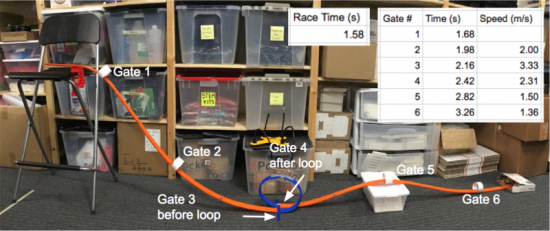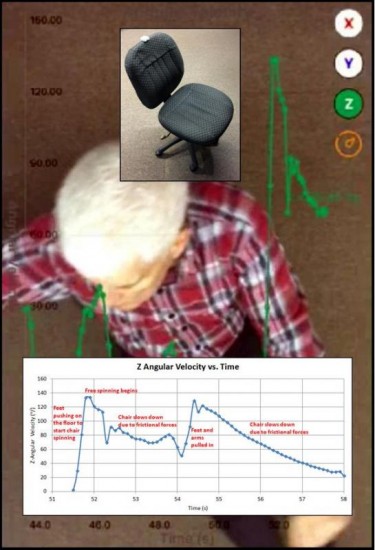Isaac Newton and the 3rd Law of Motion
Isaac Newton
Isaac Newton is well-known for the apple that hit his head and the discovery of gravity. His three Laws of Motion, however, are among the most famous laws of physics. In this lesson, we are especially interested in Newton’s Third Law of Motion—all forces between two objects are equal in magnitude and opposite in direction. We will be studying collisions between two identical carts that are bouncing back-and-forth, much like a Newton’s cradle with just two steel balls. Repelling magnets attached to the front bumpers of each of the carts al

